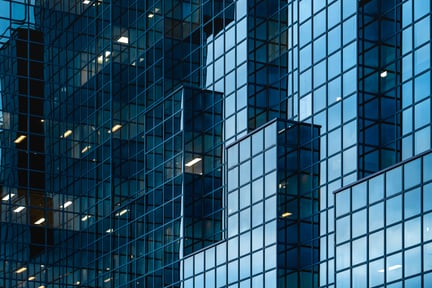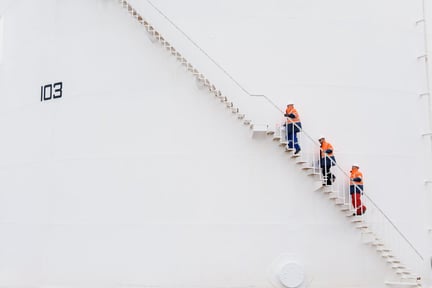Framework- now called ʺGuidance Notes for the Certification of Metallic Parts made by Additive Manufacturingʺ has been updated to include the experience both companies have gained in the last year
One year on, LRQA and TWI have revised and released their jointly produced framework for 2017, now called "Guidance Notes for the Certification of Metallic Parts made by Additive Manufacturing." The framework has been updated to include the experience both companies have gained from client assurance and certification, joint industry projects and their involvement in standards development for additive manufacturing (AM).
The framework is aimed at helping manufacturers and end users of equipment and components achieve quality-driven and safe adoption of additive manufacturing. The updated issuance of these guidance notes reflects a more user-friendly approach to manufacturing certification, breaking down the approach into 5 key areas: design, materials, manufacturing, post-processing and inspection and testing. The scope of technologies and processes has also been extended to reflect industry trends, and now includes wire-arc additive manufacturing (WAAM), a process commonly used for larger-scale parts and production in shorter amounts of time. Laser powder bed fusion and laser metal deposition processes are also addressed with extended information and detail based on real-world expertise.
"The disruptive nature of AM combined with the cross-industry potential has really lent itself to a collaborative approach to developing a more standard way to qualify and certify all aspects of parts made by AM," said Claire Ruggiero, Innovation Director at LR. "Along with TWI, we have created and participated in joint industry projects across the globe to help apply our expertise directly to clients and consortiums, resulting in a safer and more certifiable approach. The 2017 guidance notes continue this approach by sharing our expertise."
Since early 2016, a number of projects have been launched to accelerate certification efforts of additive manufacturing. Keppel Offshore & Marine (based in Singapore) is one of the early leaders in metal AM for potential use for rapidly-made, large-scale parts suitable for offshore & marine applications in a variety of conditions, such as the harsh environments encountered in the oil and gas industry. Working alongside the Singapore Centre for 3D Printing at Nanyang Technological University (NTU Singapore), LRQA is supporting the qualification of Keppel's process. In the Netherlands, LRQA is working with the Rotterdam Additive Manufacturing Lab (RAMLAB) joint industry project for "metal parts on demand", to verify that the AM technology selected can consistently ensure compliance with all applicable requirements.
Both LRQA and TWI have also launched a joint industry project, "Achieving Regulatory and Code Compliance for Additive Manufacturing." The project will investigate the routes to regulatory compliance of parts selected by project sponsors, and produce data and assessment criteria for the introduction and acceptance of parts through third-party inspection. This will give project sponsors a head start on their competition by receiving technical services and support covering design and manufacturing through to testing and inspection.
Both LRQA and TWI also continue to support several working groups on AM approaches and standardisations for industrial equipment, while the non-profit LRQA Foundation (the owner of LRQA) is also funding research programmes to address wide-ranging safety challenges relating to additive manufacturing adoption over the coming years.
A complete route to commercialisation
LRQA and TWI's certification framework for AM metallic components provides a step-by-step approach to provide the necessary level of consistency, qualification and confidence to enable manufacturers an approach they can use alongside LRQA's inspection and certification services. "In the past, manufacturers haven't always known where or how to begin their journey with AM," said Dr Chris Dungey, Joining Technologies Group Manager at TWI. "LR and TWI's collaborative approach is an end-to-end model that can help clients from the earliest starting line: questioning the use of AM and how to exploit its benefits, to the eventual finish line of certifying and selling AM parts into the open market. These guidance notes support that model."
Visit our additive-manufacturing service page for information on LRQA's services, joint industry projects and the AM guidance notes.
You can find contact details for media enquiries here


